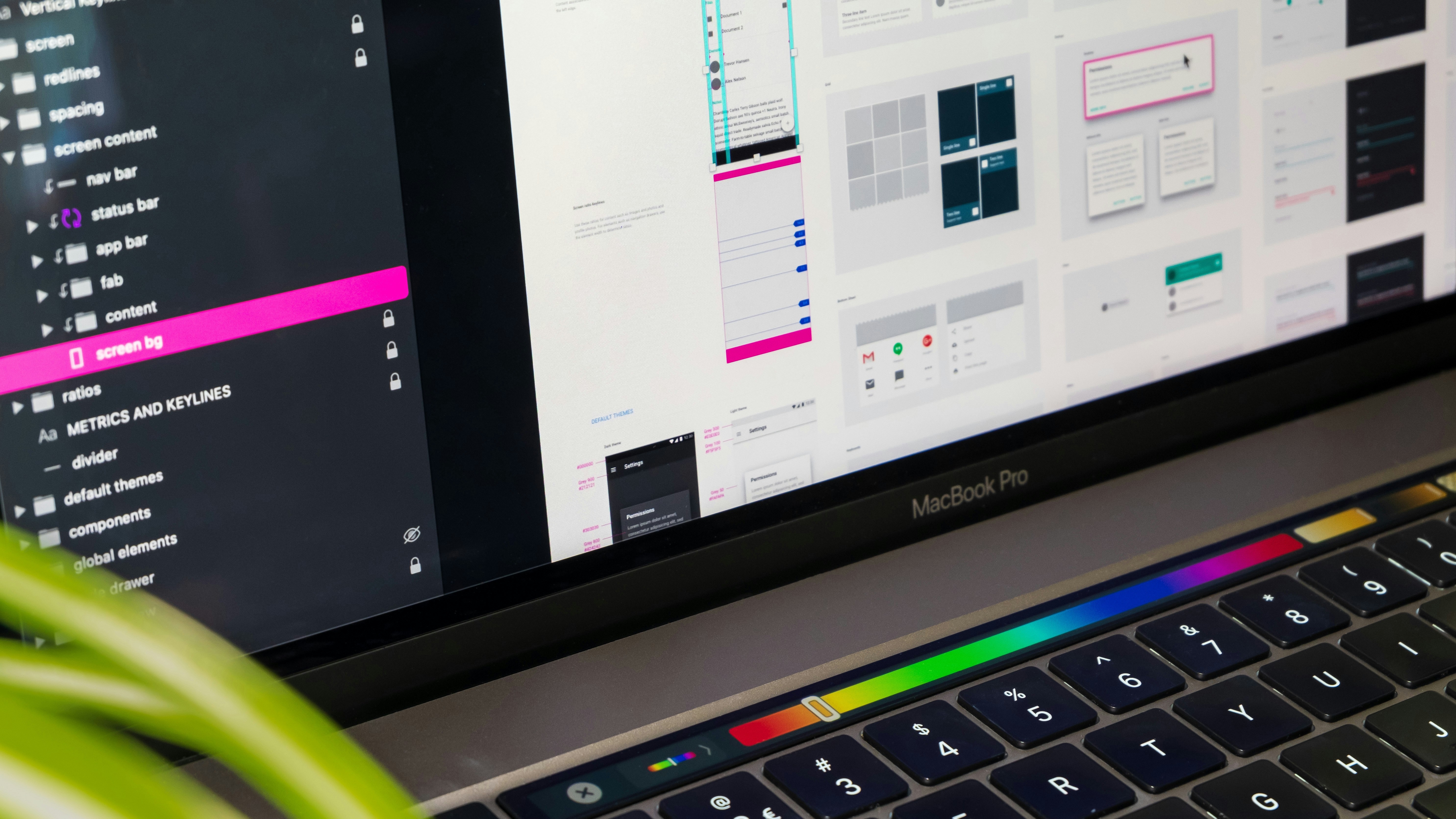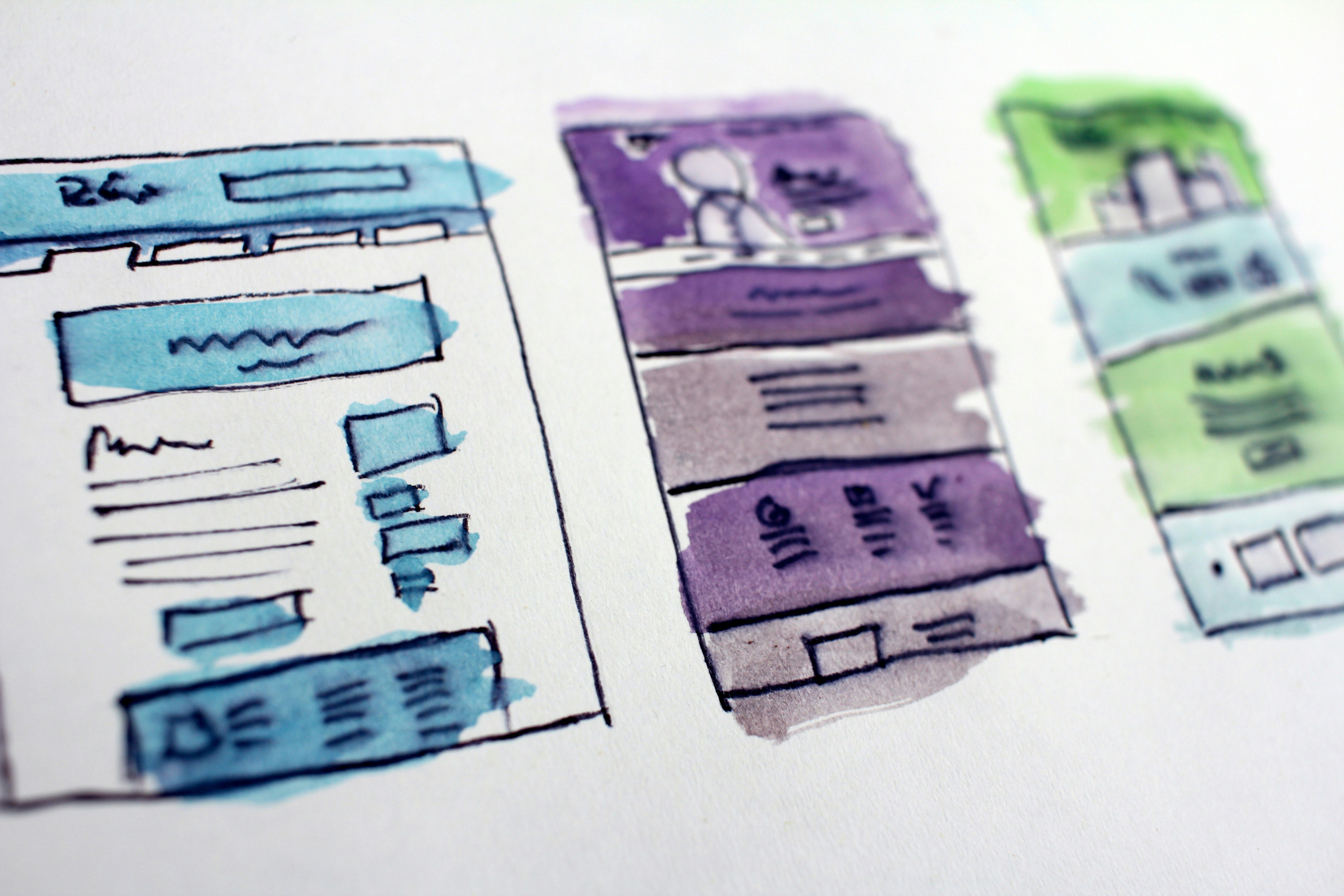Practical Design Principles for Enhancing User Experience (UX)

Author
CEO Jang Jun-ha
At the heart of successful digital products and services is always the 'user.' Genuine User Experience (UX) design begins with a deep understanding of what users want, how they behave, and at what points they feel satisfaction and discomfort. UX goes beyond just attractive design; it encompasses the overall experience users feel in all interactions with a product or service. DQ*SO Corporation aims to share key UX design principles, proven over many years of accumulated experience in website, platform, and mobile app development projects, leading to actual business results.
1. Foundation of Intuitive Usability: Ensuring Clarity and Interface Consistency
When users encounter a new system, it is crucial to minimize the learning curve and provide immediate usability. The core of this is the clarity and consistency of the interface. For example, placing buttons with the same functionality in consistent positions and designs across all screens and applying a unified color palette and typography increases the predictability for users, building trust. From the initial planning stage of a project, DQ*SO Corporation establishes a systematic style guide and design system, thoroughly adhering to it throughout the development process to prevent user confusion and provide an intuitive experience.
2. Maximizing Information Accessibility: User-Centric Information Architecture (IA) Design
The ease and speed with which users can find the information they want is a key factor determining UX satisfaction. Information should be structured logically and hierarchically aligned with user cognitive flow, while the most important content or features should be visually emphasized. DQ*SO Corporation has an in-depth understanding of actual user navigation journeys using methodologies such as user persona definition, card sorting, and use scenario analysis across various projects such as B2C shopping malls, B2B platforms, and customer portals. Based on this, they design optimized menu structures and place CTA (Call To Action) buttons that increase conversion rates in the most effective positions, contributing to achieving business goals.
3. Optimal Experience at Every Touchpoint: Mobile First Strategy
In an era where the proportion of web traffic through mobile devices surpasses that of desktops, a mobile-centric approach is no longer optional, but essential. The 'Mobile First' strategy involves designing the UI with priority given to core functions and content within the constraints of small screens, gradually expanding this to tablet and desktop environments. In every project, DQ*SO Corporation actively implements responsive web technologies and ensures consistent and reliable user experiences through thorough testing across various devices and operating system environments.
4. Building Trust through Detail: Clear System Feedback and Error Handling
When users interact with a system, they must be able to clearly and immediately perceive the system's response to their actions. The appearance of loading animations upon button clicks, notifications of task completion, and friendly guidance messages provided in real-time upon input data validation errors may seem trivial, but they significantly influence the quality of the user experience. In fact, in an e-commerce platform project conducted by DQ*SO Corporation, improving error messages and guidance during the payment process resulted in a 28% reduction in customer service inquiries. This clearly demonstrates that clear feedback reduces user anxiety and aids in problem-solving.
5. Living UX: Continuous User Testing and Data-Driven Improvement
Perfect UX is not completed with a single design effort. User needs change, and new technology trends emerge. DQ*SO Corporation, even after initial design, continuously collaborates closely with clients to perform various verification methods such as user interviews, usability testing, A/B testing, and heat map analysis periodically. Through a 'Lean UX' approach, which involves iteratively improving UI/UX based on the actual user data and feedback collected, they not only enhance user satisfaction but also drive specific business performance improvements.
Ultimately, great UX design offers more than just being 'nice to look at'; by providing an experience that is 'easy and enjoyable to use,' it positively affects users' lives and propels the sustainable growth of the business. DQ*SO Corporation is committed to creating UX that evolves with the voices of users, alongside clients, throughout all stages from project planning to design, development, and post-launch maintenance.
If you want to experience the value beyond just project success, contact DQ*SO Corporation now to turn your vision into reality.
Thank you for reading this long text.




